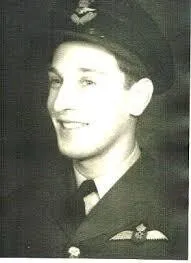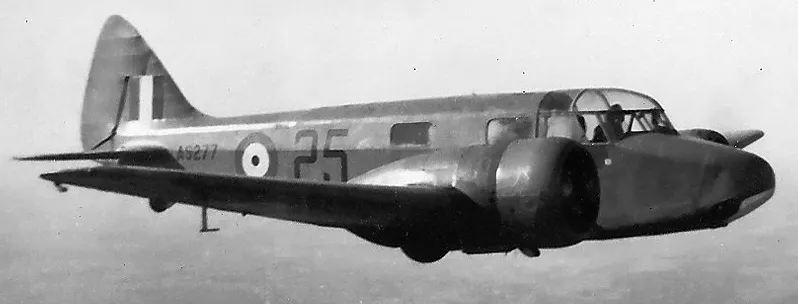Franko, Nicholas Donald (Don) (Pilot Officer)
Survived 1943-December-16


Birth Date: 1924-June-07
Born: Saskachewan, Canada
Parents:
Spouse: husband of Charlotte Mary (nee Goodmundsen) Franko
Home:
Enlistment:
Enlistment Date: unkown date
Service
RCAF
Unit
14 (OT) AFS- Advanced Flying School (RAF)
Base
RAF Fraserburgh, Aberdeenshire, Scotland
Rank
Pilot Officer
Position
Pilot
Service Numbers
R/182590
Mission
Oxford II V3631
Flying Incident - Court Martial 1943-December-15 to 1943-December-16
14 (OT) AFTS (RAF) RAF Fraserburgh
14 (Pilots) Advanced Flying Unit, RAF Fraserburgh, Aberdeenshire, Scotland. Flight Sergeant Nicholas Donald Franko (RCAF) on a solo Night Navigation Exercise over the North Sea became lost in deteriorating weather conditions. Low on fuel, Franko made a wheels-up forced landing on the Auskerry Island in the Orkney Islands Group. He survived the crash and spent the night inside his aircraft wrapped in his parachute. The following morning, the Auskerry Lighthouse Keeper, Mr George Mainland found the young pilot alive and uninjured and took him into his home. Weather conditions prevented Flight Sergeant Franko's rescue from Auskerry Island for ten more days and he spent Christmas 1943 with the Lighthouse Keeper and his family
Promoted to Pilot Officer, Frank was posted to 432 Leaside Squadron and served the remainder of the war a pilot in command of Halifax II NP 697 QO-F completing 34 Operational missions before returning to Canada in June of 1945
![]() The Canadian WW2 pilot who crash landed on a remote Scottish island-...
The Canadian WW2 pilot who crash landed on a remote Scottish island-...
Oxford serial: V3631

Airspeed A.S. 10 Oxford Mk. II, RCAF (Serial No. AS277), 25, in flight over Saskatchewan, 1942.
The Airspeed AS.10 Oxford was a twin-engine monoplane aircraft developed and manufactured by Airspeed. It saw widespread use for training British Commonwealth aircrews in navigation, radio-operating, bombing and gunnery roles throughout the Second World War.
The Oxford was developed by Airspeed during the 1930s in response to a requirement for a capable trainer aircraft that conformed with Specification T.23/36, which had been issued by the British Air Ministry. Its basic design is derived from the company's earlier AS.6 Envoy, a commercial passenger aircraft. Performing its maiden flight on 19 June 1937, it was quickly put into production as part of a rapid expansion of the Royal Air Force (RAF) in anticipation of a large-scale conflict.
As a consequence of the outbreak of war, many thousands of Oxfords were ordered by Britain and its allies, including Australia, Canada, France, New Zealand, Poland, and the United States. Following the end of the conflict, the Oxford continued to achieve export sales for some time, equipping the newly formed air forces of Egypt, India, Israel, and Yugoslavia. It was considered to be a capable trainer aircraft throughout the conflict, as well as being used a general-purpose type. A large number of Oxfords have been preserved on static display. Wikipedia